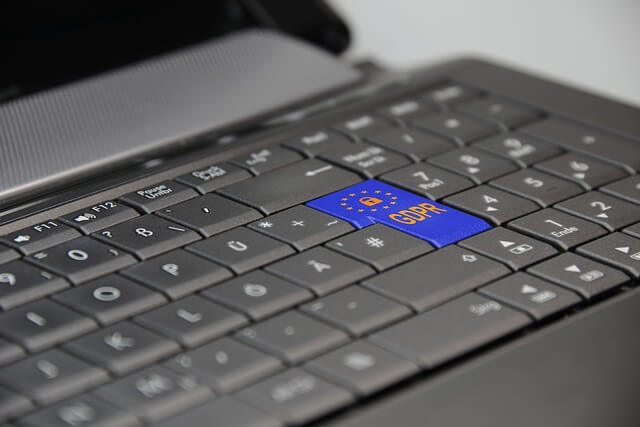The Internet can be a dangerous place, and there is no such thing as 100% security. Most of us will end up suffering an infection from malicious software at some point. Even the most security-conscious user, and even someone who never clicks on any kind of email attachment, can still get hit just by having the wrong “friends.” Many infections spread across networks, the result of someone else’s mistake, and there’s nothing victims could have done to prevent the attack.
It’s critical to accept this and plan for it: one day your computer will be disabled by a virus or ransomware—generally referred to as “malware.” This two-part story will tell you two things: what you can do now to ease the pain of this inevitability; and what to do if you are actively suffering an infection right now.
How to Prepare for Malware
People plan for real-life disasters all the time, says Morey Haber, vice president of technology at BeyondTrust, a computer security firm. It might help to take a moment now and plan a digital fire drill for your home or office. Here’s how to prepare for a cyber “fire.”
Backup, Backup, Backup
There is no such thing as 100% security. The only completely effective anti-virus, antiransomware tool is good backup habits. Any data you care about—from baby photographs to tax returns to work documents—must be backed up on a regular basis. And, that backup must be physically separated from your computer, lest an infection of your machine ruin your backup too. Cloud services accomplish this. An external hard drive that lives somewhere other than your computer can also accomplish this. New threats emerge every day, and no one can keep up with them. Make a backup plan now.
Test Your Backup
Many backup plans fail because people tend to set and forget them. Periodically check to make sure your automated backup tool is really completing automated backups, and that you know how to restore your files in a crisis. Consider running a backup test, when you aren’t under pressure.
Don’t Be Sloppy with Email
Booby-trapped attachments are still an incredibly effective way to infect users. In fact, today’s attacks are far more precise. Criminals now send “spear phishing” emails to workers, cleverly crafted to look real and personal, as if from a boss or co-worker. Never open an attachment you don’t expect, even if it appears to come from a friend. And always verify via a separate email or phone call before clicking.
Don’t Be Sloppy on the Web
Many victims pick up infections because they visit the less-safe parts of the Internet, perhaps to download pirated software or engage in other less-savory activities. The solution here is simple: Don’t go there.
Use Security Software
There are many options for keeping your machine safe: antivirus software, firewalls, virtual private networks. Some are free, some require paid subscriptions. Your needs will vary based on what you do. But do SOMETHING. Know which security software is preloaded onto your machine, and make sure it is correctly configured. Check with the software maker for instructions if you need assistance.


